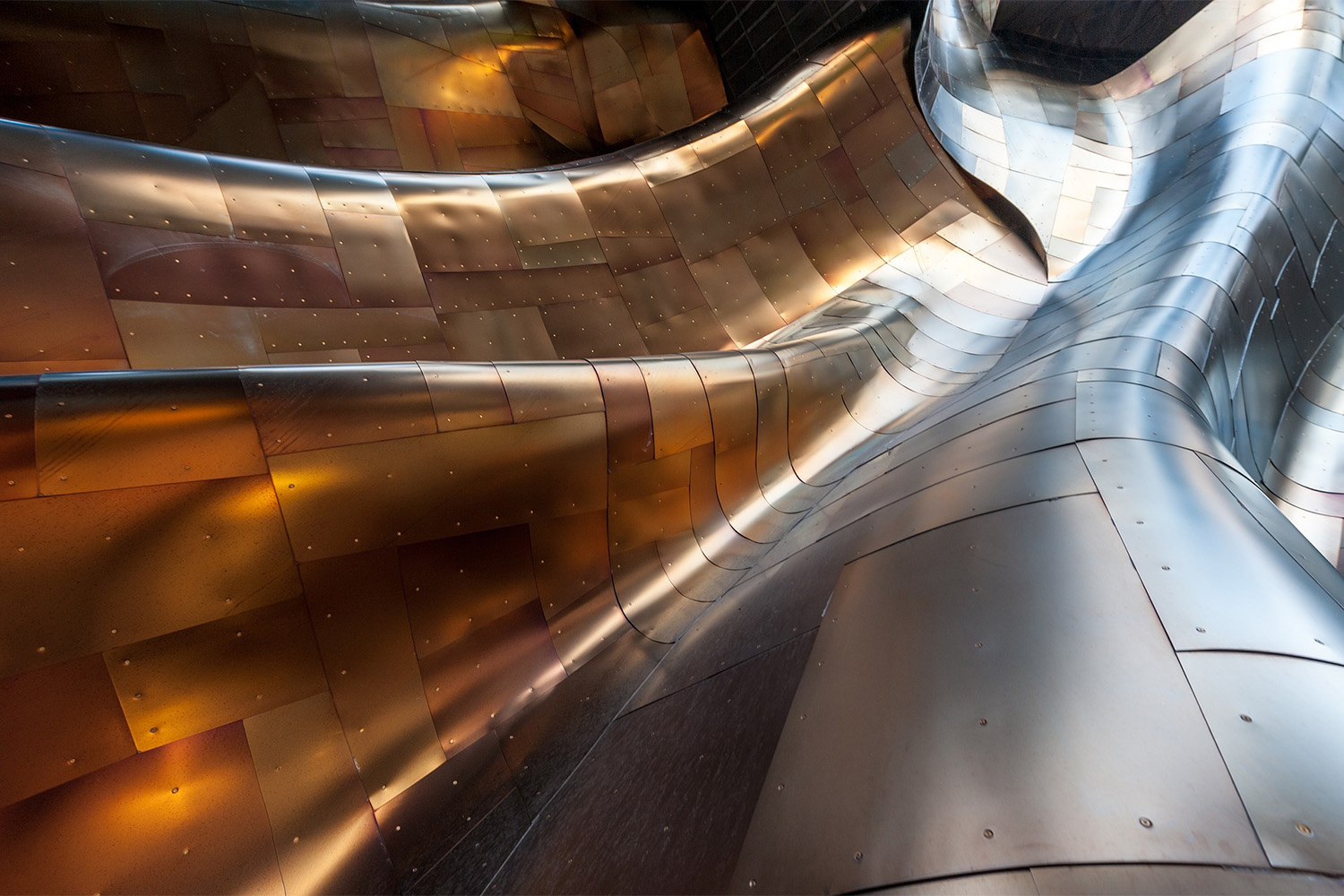Tocci Perspectives: How Design and Construction Mesh
Share

And we rarely build a “vanilla box”
Project Manager Joe Cavallaro analyzes the design and construction questions from 30 years of experience in the industry.
Each project is different but I don’t think design ever ends unless you are building a “vanilla box.” For instance, we may not be selecting finishes during construction, but we are always looking at how finishes come together.
Early involvement in projects gets you thinking about how things come together without the use of drawings. We start with just an understanding of design intent. For instance, our Marlborough Hospital Cancer Pavilion means patients should have a warm and comforting experience, rather than the typical antiseptic hospital feeling. I think it is a thinking process—what’s missing; what are the materials being selected; and what, based on our experience, is the best use of the material for this project or the owner’s budget.
The model helps this process – it visually shows what the final project will look like, how it will flow, how it looks in its surrounding,s and how the design can be improved early in the project when the cost of changing the design is less expensive. We use the same model during construction to show subcontractors the design intent of what we are all building.
Design should never end, but this doesn’t mean that construction drawings should get continuously changed while we’re in construction. However, if during the process of the project, there is a beneficial change, it benefits the project.
Asking The Wrong Question
Tom Winterhalter gives his insight into the design and construction phases from his role as Project Director.
I’m not sure design ever really ends-–on a very successful project design ends at the end of the project. On an unsuccessful project, the design might continue long after the project ends. A better question might be “when do the architect and engineer stop designing, and the contractor start designing?” The project delivery method determines that point. On a design-build project, the architect/engineer stops designing, and the contractor starts designing, at a much earlier stage than a typical design/bid/build delivery.
No End in Sight, Just Continous Evolution
Cosmas Papanikolaou, one of our cost engineers, weighs in on his experience with the stages of design and construction.
The design never ends, since changes are made up to the last minute on each job. Some design changes are a result of field conditions while others are amendments to the final program. I think we’re more accepting of ‘late’ design changes on a design-build project; there, we expect the design to continuously evolve and change as we go. Although VDC has helped us anticipate and support design changes, the use of technology isn’t as crucial to the project as the people. It’s the people who manage the design and construction process, not our hardware and software. It is the team’s job to envision what the owner wants – whether it’s on day one as the architect or from plans and specs as the contractor. Ultimately, though, it’s the contractor’s responsibility to deliver the desired program.